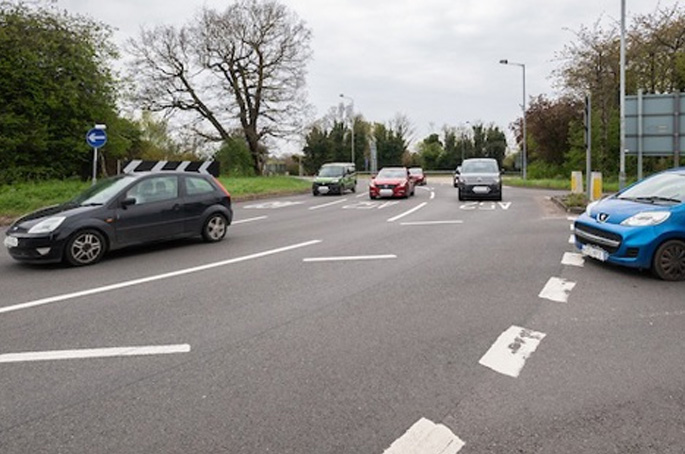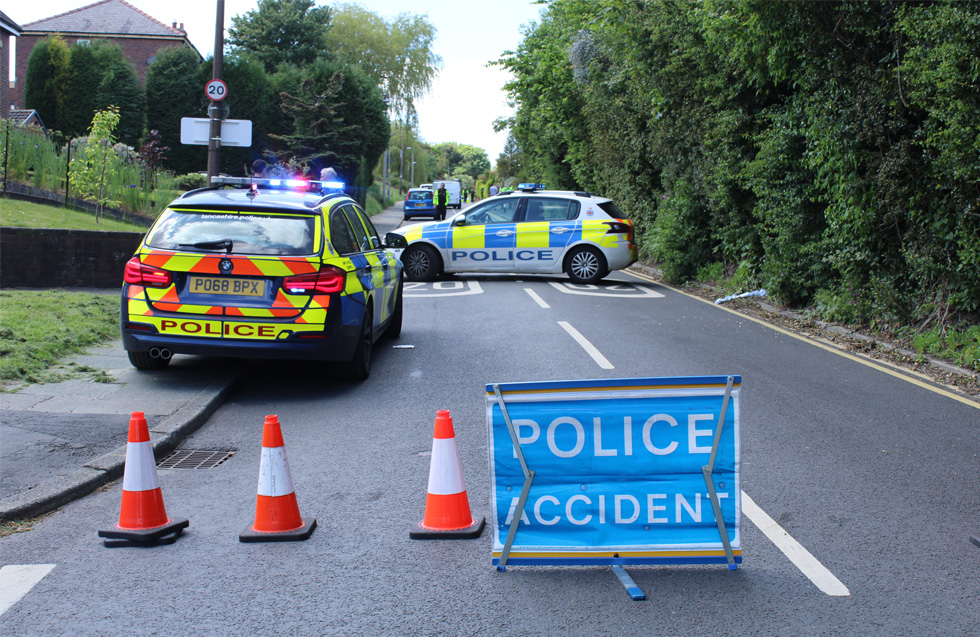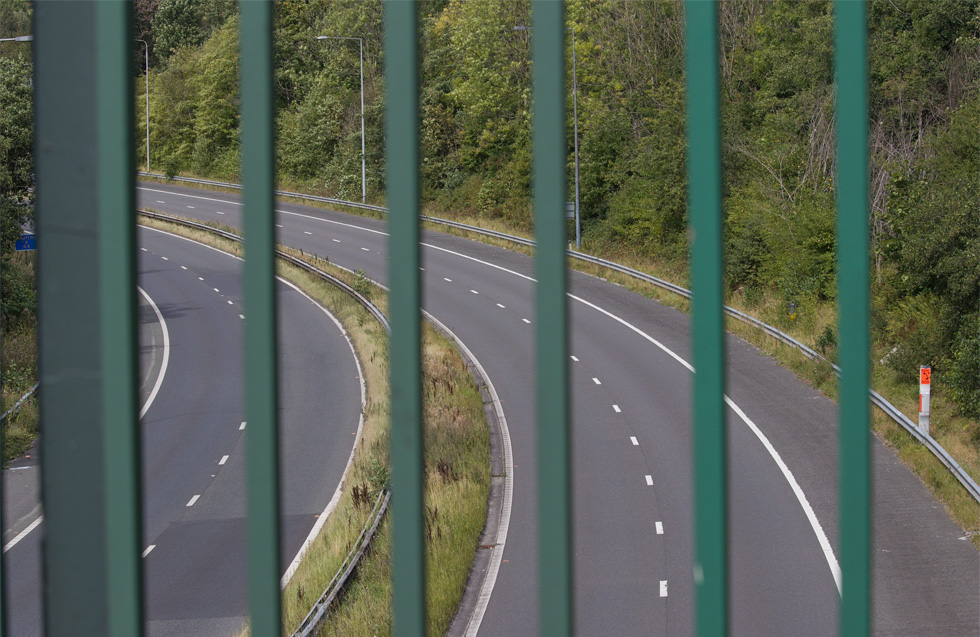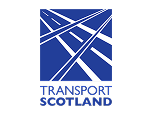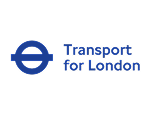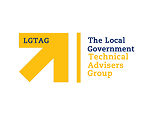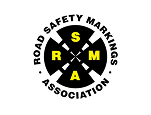National Highways is off course to meet its key safety target of halving KSIs by 2025 - compared to a 2005 to 2009 average baseline - and been told by England's road monitor to draw up an urgent action plan.
The latest strategic road network (SRN) safety report from the Office of Rail and Road (ORR) states that National Highways needs a new robust plan by the end of March 2024.
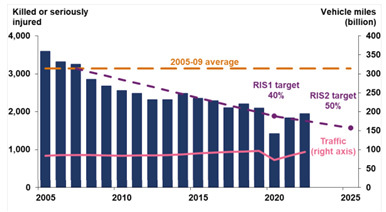
Figure 1: Killed or seriously injured (adjusted) and traffic on the SRN, 2005 to 2022. Credit the ORR.
The plan should include a fresh set of safety interventions as National Highways 'recognises' that its current delivery plan ‘might not be sufficient to deliver the RIS2 safety KPI target', the ORR said.
With the lingering impact of the pandemic receding, the national monitor also notes that a potential increase in traffic levels is likely to make the situation even more challenging and put the target further at risk.
‘As time is running out, National Highways urgently needs to make decisions regarding additional interventions. The company must set out how these will deliver its target by the end of December 2025 and transparently include them in a robust plan by the end of March 2024 that we can monitor and hold it to account for delivering,' the report states.
There were 1,944 KSIs on the SRN in 2022, which means National Highways must deliver a further improvement of 12 percentage points (376 KSIs) to achieve its target of a 50% reduction by the end of 2025.
Compared to 2019, the last year when traffic was unaffected by the pandemic, there were 149 fewer KSIs in 2022, a decrease of 7.1%, however traffic on the SRN was also lower in 2022 than in 2019 by 3.2%.
There were 219 fatalities on the SRN in 2022 an increase of nine (4.3%) from 2019.
ORR's director of performance and planning, Feras Alshaker, said: ‘National Highways has delivered safety improvements on the strategic road network over the long term, but we are now requiring a detailed plan from the company on what additional interventions are needed to achieve its target to reduce the number of people killed or seriously injured on England's strategic roads, as time is running out.'
The report also notes that National Highways needs to continue its focus on the longer-term ambition of achieving zero harm on the SRN by 2040.
‘The company has commissioned independent research to assess and prioritise the actions it can take to achieve this vision and, in October 2023, began a programme of engagement with its stakeholders to take forward the recommendations from this work.'
National Highways Chief Executive, Nick Harris, said: 'Safety is and will always be our number one priority and it remains our ambition that no-one should be harmed while travelling or working on our roads.
'The report highlights the good progress we have made in delivering our actions to improve safety across all our roads.
'By the end of March 2024 we will share our plan with ORR, setting out the additional activities that we are going to undertake to reduce the number of people killed or seriously injured across our motorways and A-roads by December 2025.
'We have completed key upgrades to improve the performance of technology to detect stopped vehicles. The targets for detection rates are now being met, and we're implementing our plan to upgrade key equipment on all lane running smart motorways.'




